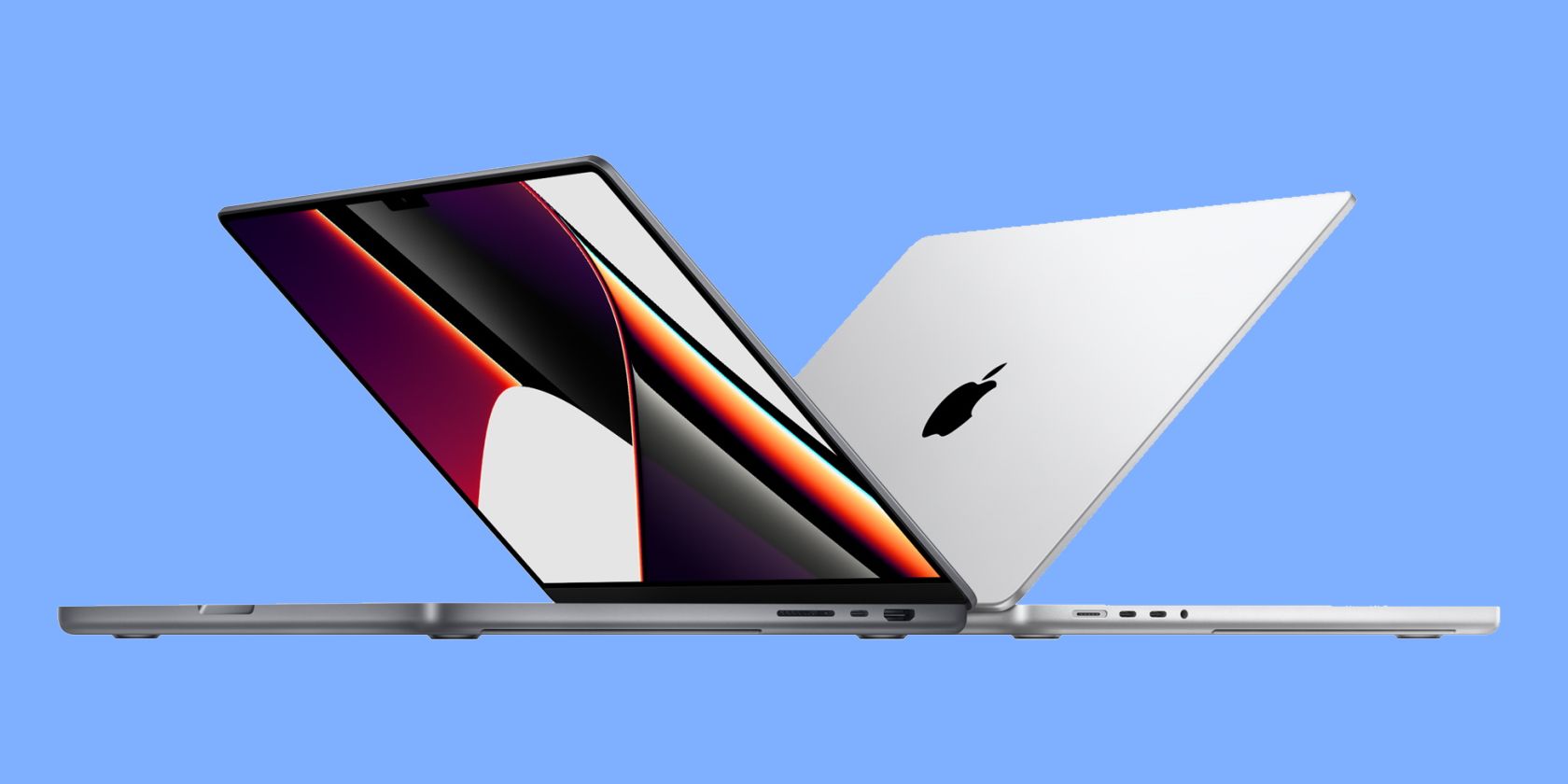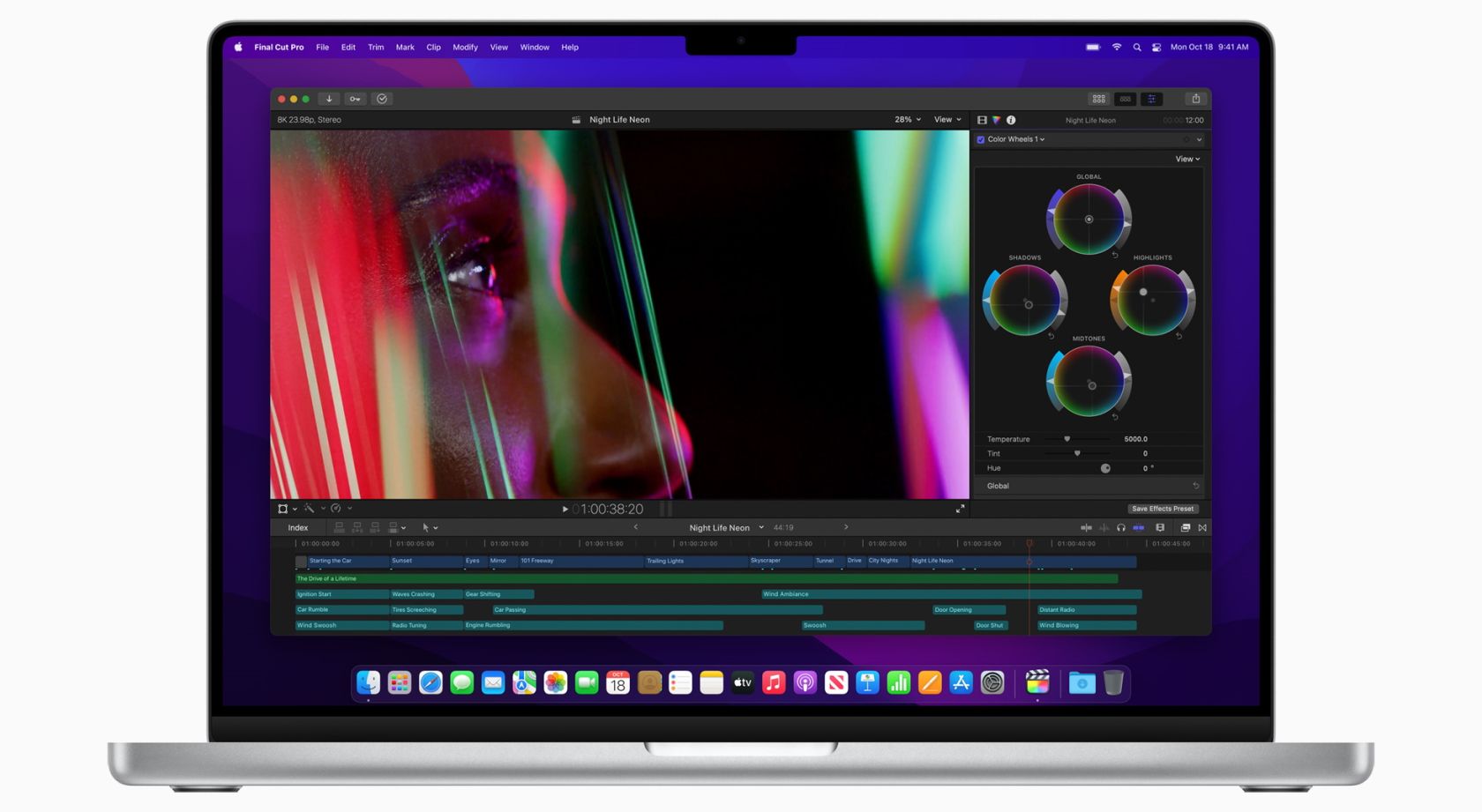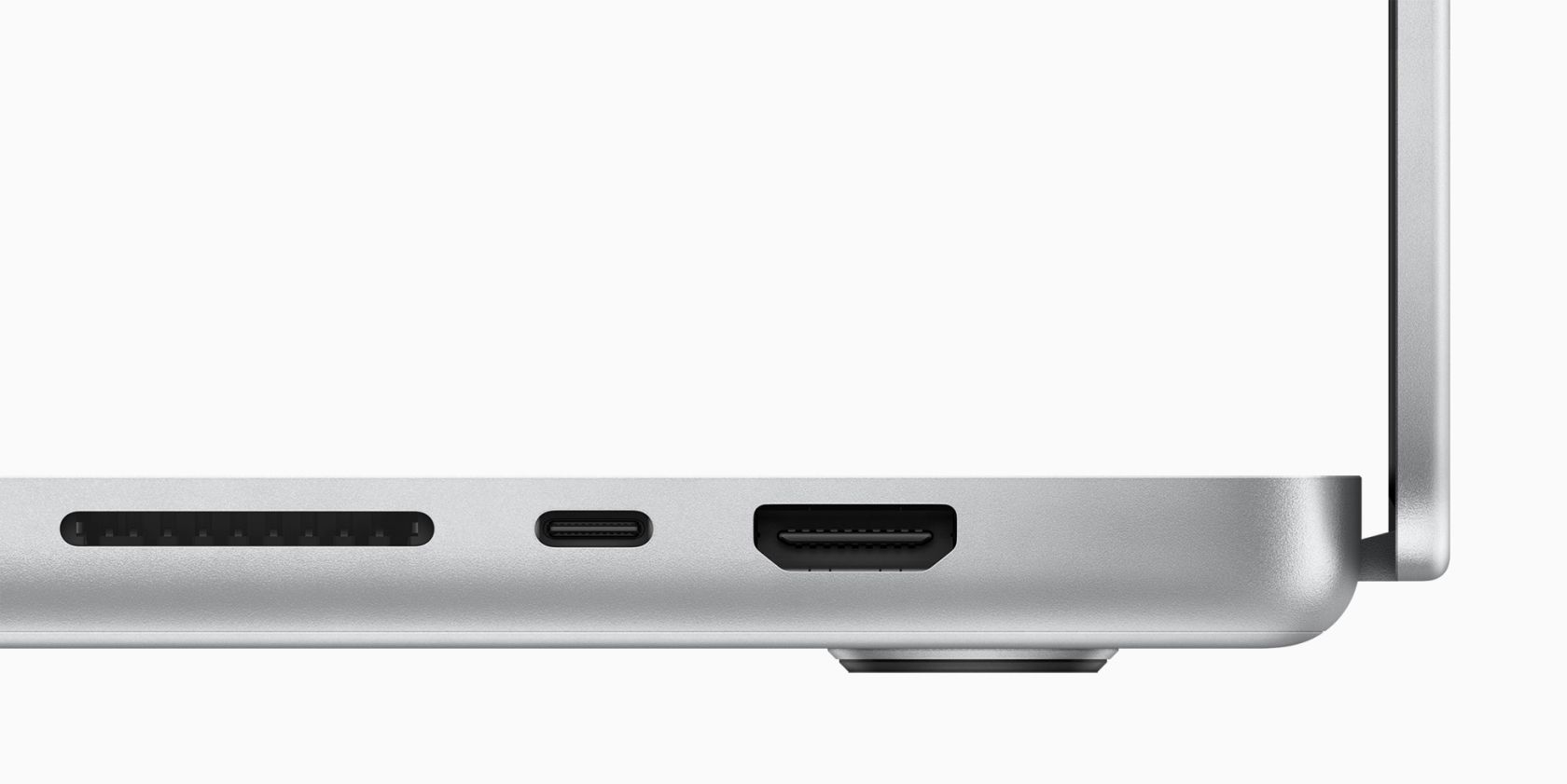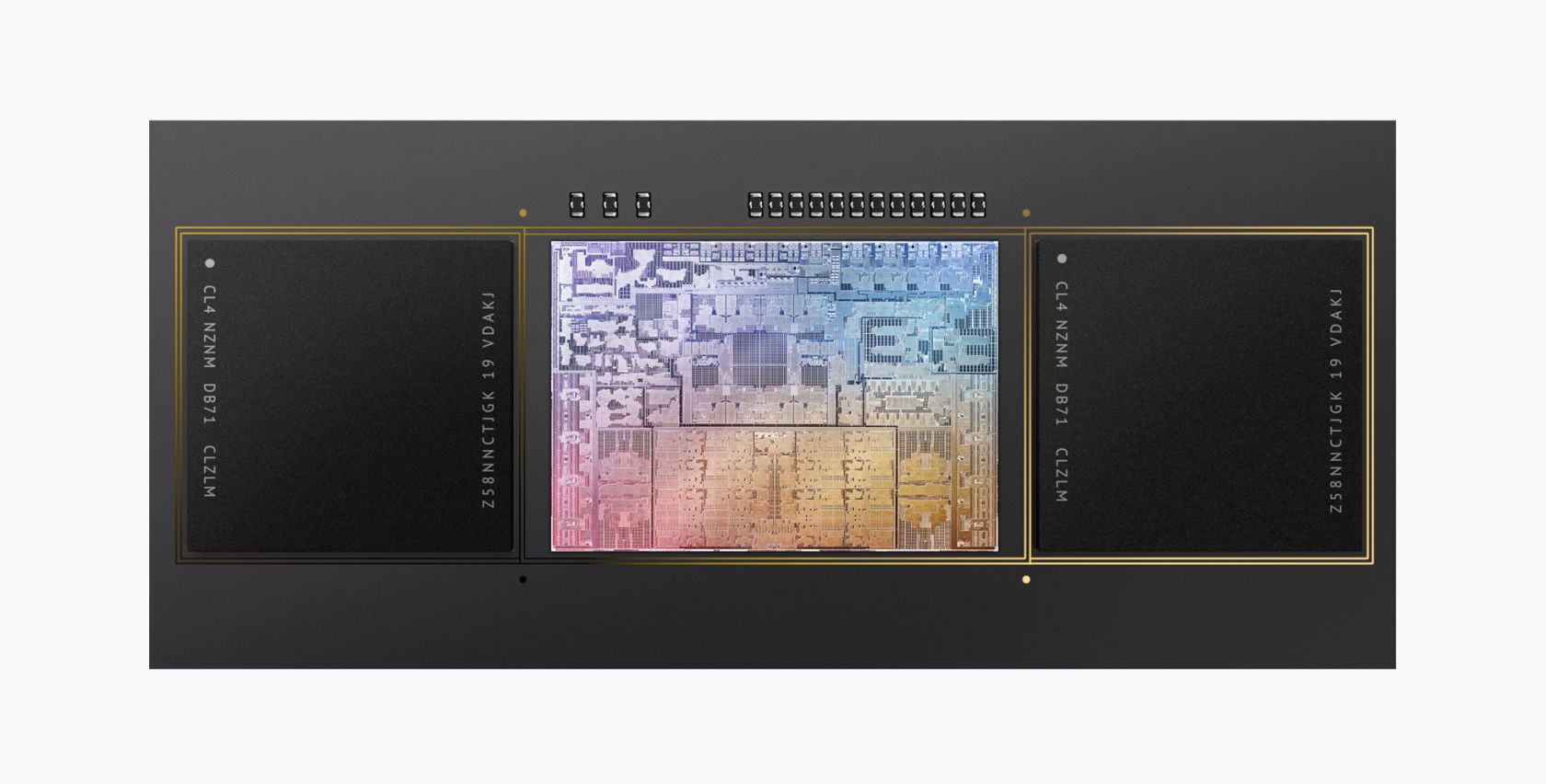Apple just announced two supercharged MacBook Pro models with the new M1 Pro and M1 Max chips. These machines come in new 14-inch and 16-inch screen sizes and are a significant step up from the outgoing Intel-based MacBook Pros with their discrete graphic cards.
Besides the obvious addition of Apple silicon, the new models have a lot to offer. If you're in the market for a high-end MacBook, here's everything you need to know, from hardware specifications to pricing and release dates.
What's New in the M1 Pro and M1 Max MacBook Pro Models?
Compared to the outgoing Intel-powered MacBook Pro models, almost everything is new this time, including the screen size. So, let's first look at all the new features and hardware changes that the M1 Pro and M1 Max MacBook Pro models bring to the table:
1. All-New Design
Apple got rid of the sharp edges with the new 14-inch and 16-inch MacBook Pro models. The new MacBook Pros appear a lot bulkier at first glance, but you'll be surprised to know they're just 4% thicker overall than the outgoing models. The new design allows it to move 50% more air, even at lower fan speeds, for better thermals.
The second you open it, you'll notice that the Touch Bar is gone. Apple has finally replaced the controversial Touch Bar with physical Function keys. And when you turn on the display, you'll immediately notice the thinner bezels and a new notch at the top to house the camera hardware.
2. Liquid Retina XDR Display With ProMotion
The Liquid Retina XDR display that featured on the 12.9-inch M1 iPad Pro is making its way to these new Macs. The term Liquid Retina XDR is simply Apple's fancy word for mini-LED display technology. Thanks to the mini-LED backlighting, it boasts significantly better contrast and higher peak brightness levels than traditional IPS displays.
These MacBook Pro models will also feature a high refresh rate screen, a first for any Mac. Apple's ProMotion technology will allow the MacBooks to adjust the refresh rate dynamically, anywhere between 10Hz and 120Hz, depending on the content you're viewing, just like the iPhone 13 Pro and the iPad Pro.
3. Greater Port Selection
Apple is bringing back the ports it took away from previous MacBook Pro models. Whether you buy the 14-inch or 16-inch variant, you get three Thunderbolt 4-enabled USB-C ports, an HDMI port, a 3.5mm headphone jack, an SDXC card slot, and an all-new MagSafe 3 port for charging.
While you can still use the USB-C ports to charge these MacBook Pros, the MagSafe 3 connector will allow you to fast-charge the battery to 50% in just 30 minutes.
4. M1 Pro and M1 Max Are Much More Powerful Than the M1 Chip
These new processors are undoubtedly the main selling point of these new MacBooks. The M1 Pro and M1 Max are still based on the same architecture as the M1 chip, but Apple has scaled everything up, from core count to memory bandwidth.
For starters, the M1 Pro packs 10 CPU cores and 16 GPU cores. That's two more CPU cores and twice the GPU cores as the standard M1. This equates to 70% more CPU performance than the M1 and twice its graphics performance. Apple has also doubled the memory bandwidth to 200GB/s and allows you to configure the M1 Pro models with up to 32GB of unified memory.
The top-of-the-line M1 Max takes things even further, doubling the memory bandwidth to 400GB/s. The M1 Max still packs the same number of CPU cores as the M1 Pro, but it doubles the GPU cores to 32. It also supports up to 64GB of unified memory, again doubling what the M1 Pro offers.
5. Unrivaled Battery Performance
The new 14-inch MacBook Pro can deliver up to 17 hours of video playback, whereas the bigger 16-inch model can last up to 21 hours, making it the longest-lasting MacBook ever. These numbers are miles ahead of the outgoing Intel-based models and a step up from the existing M1 MacBooks. This time around, you can thank the ProMotion display that dynamically lowers the refresh rate to consume less power.
What's the Price of the M1 Pro and M1 Max MacBook Pros?
The pricing information is complicated to discuss since Apple sells these new MacBooks in several configurations. The 14-inch MacBook Pro with the M1 Pro chip starts at $1999, but this gets you an unbinned chip with fewer CPU and GPU cores. To get the performance numbers Apple advertised on stage, you'll need to custom-configure this model with the 10-core M1 Pro chip for an additional $300.
On the other hand, the 16-inch MacBook Pro starts at $2499, but you get the same M1 Pro chip as the 14-inch model. To get the M1 Max, you'll either need to shell out $3499 for the standard configuration with 32GB unified memory and 1TB storage, or custom configure the base models for $800 more.
What's the Release Date for the M1 Pro and M1 Max MacBook Pros?
Both the 14-inch and 16-inch MacBook Pro models are currently available for pre-order on the Apple Store and they will start shipping from October 26th. Both these models will be available in several countries across the globe. However, we want to quickly point out that availability may be limited for some configurations, as certain models won't ship for a few weeks.
Supercharged MacBook Pros for Content Creators and Enthusiasts
These are the MacBook Pros most people have eagerly waited for. After months of rumors and speculations, we finally know what Apple silicon is really capable of, especially with all these huge improvements in the graphics department. Content creators, video editors, artists, and other professionals will certainly benefit from the extra CPU and GPU cores with software such as Final Cut Pro, DaVinci Resolve, and Adobe Premiere Pro.





